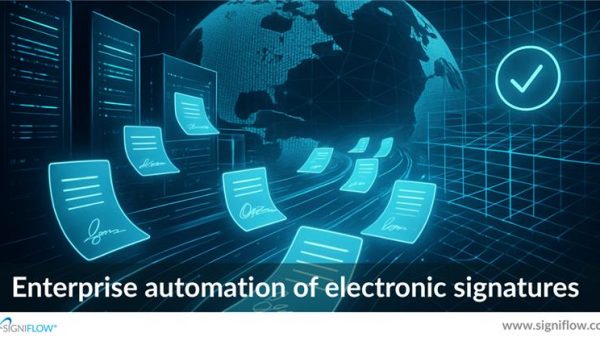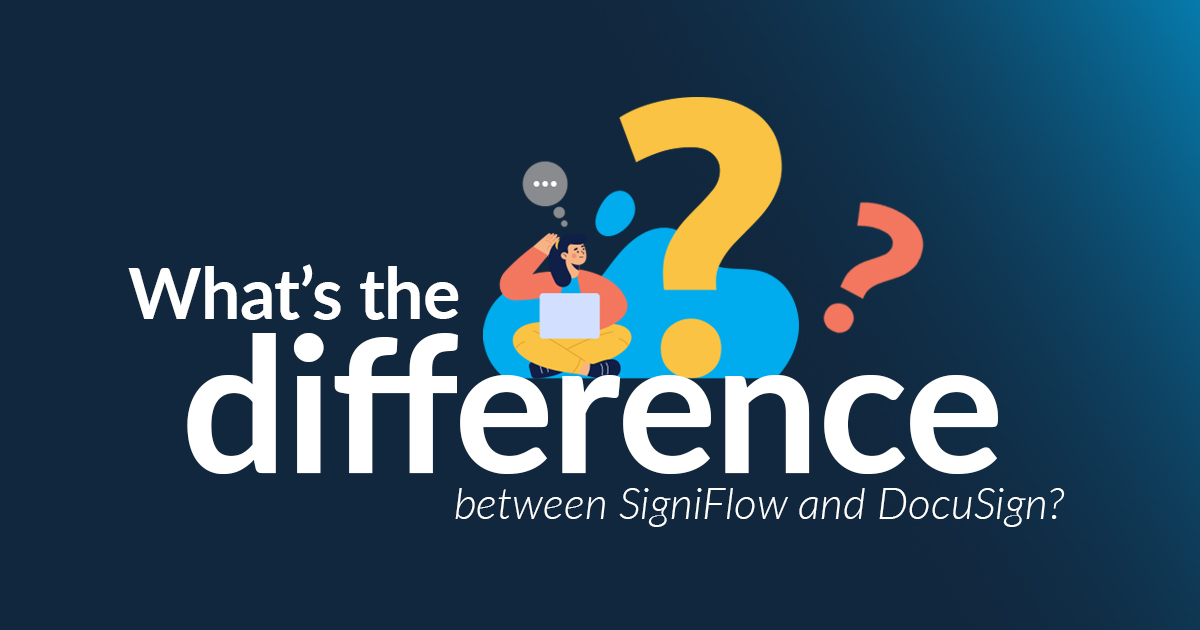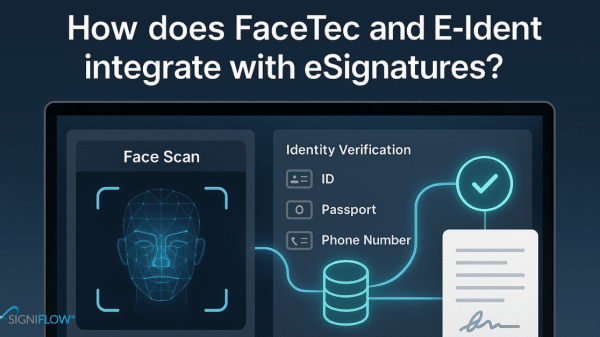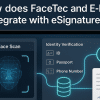Who’s to say? So we asked ChatGPT, and here’s what the AI Chatbot had to say:
In today’s digital age, document management has become more efficient and streamlined thanks to the advent of electronic signature solutions. SigniFlow and DocuSign are two prominent names in the electronic signature industry, both offering digital signature and workflow automation services. While both solutions offer similar functionalities, there are some key differences between the two.
One of the most significant differences between SigniFlow and DocuSign is their pricing models. SigniFlow offers a more cost-effective solution with lower pricing for both monthly and per transaction fees. Additionally, SigniFlow does not require users to pay for features that they don’t need, making it a more customizable solution. In contrast, DocuSign offers more pricing tiers and options, but their fees are generally higher, which may not be ideal for small businesses or those on a tight budget.
Another difference between SigniFlow and DocuSign is the level of customization and branding options available. SigniFlow allows users to customize their branding and create a unique signature workflow to meet their specific business needs. Users can create custom templates, set up their own branding, and even integrate with other software applications. DocuSign, on the other hand, has more limited customization options, but offers a more straightforward user interface for those who do not require extensive customization.
When it comes to security, both SigniFlow and DocuSign offer high levels of encryption and compliance with industry regulations such as the General Data Protection Regulation (GDPR) and the Electronic Signatures in Global and National Commerce (ESIGN) Act. SigniFlow offers two-factor authentication for added security, while DocuSign offers additional security measures such as tamper-evident seals and audit trails.
In terms of functionality, both SigniFlow and DocuSign offer similar features such as document storage, template creation, and document signing. However, SigniFlow offers additional features such as biometric signature capture and remote signature options, while DocuSign offers features such as automatic reminders and bulk send options.
One of the significant benefits of using SigniFlow is its integration capabilities with various third-party software applications. It can integrate with accounting, HR, and customer relationship management software, allowing for a more seamless workflow. In contrast, while DocuSign does offer integrations with other software, it may not have the same level of integration options as SigniFlow.
Overall, both SigniFlow and DocuSign offer reliable and secure electronic signature solutions with similar core functionalities. The choice between the two ultimately comes down to specific business needs, budget, and level of customization required. Those looking for a more cost-effective and customizable solution may opt for SigniFlow, while businesses requiring a more extensive feature set and higher level of user interface design may choose DocuSign.





























